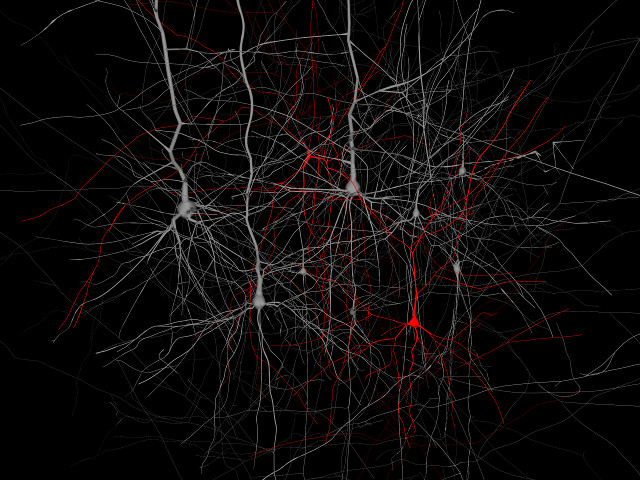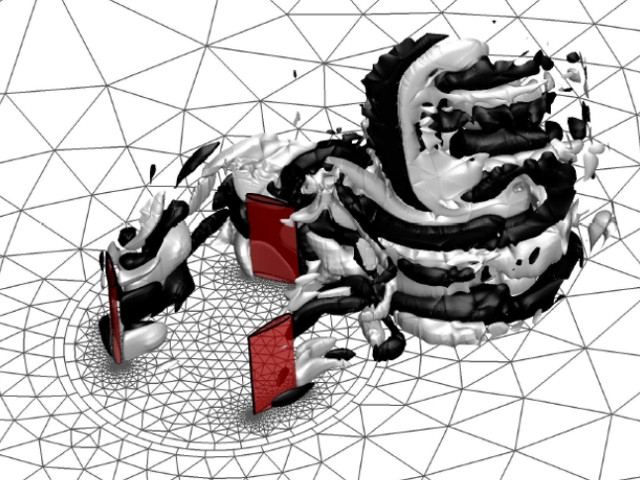Authors
Joseph S W Lewis, Pierre Ocvirk, Dominique Aubert, Jenny G Sorce, Paul R Shapiro, Nicolas Deparis, Taha Dawoodbhoy, Romain Teyssier, Gustavo Yepes, Stefan Gottlöber, Kyungjin Ahn, Ilian T Iliev, Jonathan Chardin
Journal Paper
https://doi.org/10.1093/mnras/staa1748
Publisher URL
Publication date
August 2020
Cosmic Dawn II yields the first statistically meaningful determination of the relative contribution to reionization by galaxies of different halo mass, from a fully coupled radiation-hydrodynamics simulation of the epoch of reionization large enough (∼100Mpc) to model global reionization while resolving the formation of all galactic haloes above ∼108 M. Cell transmission inside haloes is bi-modal-ionized cells are transparent, while neutral cells absorb the photons their stars produce-and the halo escape fractionfesc reflects the balance of star formation rate (SFR) between these modes. The latter is increasingly prevalent at higher halo mass, driving downfesc (we provide analytical fits to our results), whereas halo escape luminosity, proportional tof esc × SFR, increases with mass. Haloes with dark matter masses within 6 × 108 M < Mhalo < 3 × 1010 M produce ∼80 per cent of the escaping photons at z = 7, when the universe is 50 per cent ionized, making them the main drivers of cosmic reionization. Less massive haloes, though more numerous, have low SFRs and contribute less than 10 per cent of the photon budget then, despite their highfesc. High-mass haloes are too few and too opaque, contributing < 10 per cent despite their high SFRs. The dominant mass range is lower (higher) at higher (lower) redshift, as mass function and reionization advance together (e.g. at z = 8.5, xHI = 0.9, Mhalo < 5 × 109M haloes contributed ∼80 per cent). Galaxies with UV magnitudes MAB1600 between —12 and —19 dominated reionization between z = 6 and 8.



